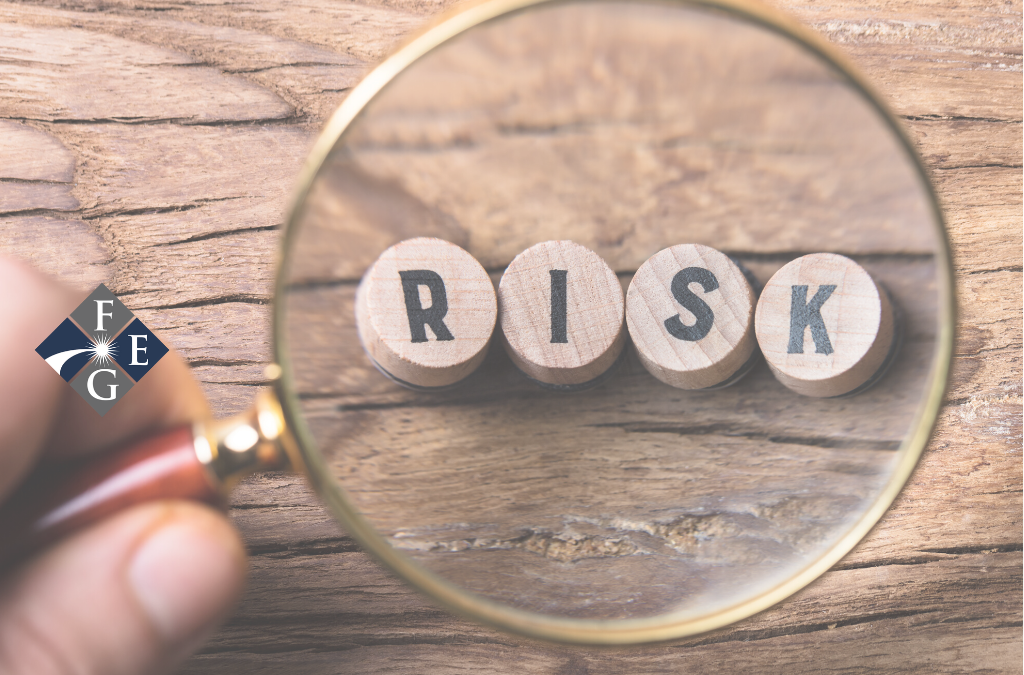How Risk and Diversification Effect RetirementPlanning for retirement requires preparing for the unexpected. Creating sound contingencies is important, but even more, is addressing the likeliness of that event to occur. The term “risk” or “risky” is used by many salesmen to scare people into buying their “safe” products. Some risks are possible but not necessarily probable. But what does the term risk really mean in the financial world? What does it mean to your retirement?
This may sound surprising, but by definition, stocks are not risky. They are speculative, meaning they can go either up in value or down in value. Try finding an example that you would call “risky” that addresses a positive outcome. Odds are you cannot as the term risk implies a negative occurrence.
Stocks and bonds both have risks involved in ownership that can make the value go to $0, but investment tools (stocks and bonds) can go up or down in value based on external and internal economic changes. This is volatility more than risk, and there is a difference in application.
Risk is receiving an outcome you didn’t expect. Examples include a misstep in accounting; the credit rating of the company was downgraded; interest rates increased, or new technology was created making your investment worthless. These are all examples of potential risks to your nest egg.
Another company bought your investment holding for a 40% profit overnight. That too is a risk but a positive and happy day.
Diversification is the tool of choice for reducing risk in a portfolio. Being diversified simply means owning multiple items that can act independently of one another. Easier said than done.
Interest rates going up, for instance, can have a negative impact to your corporate bond and to your stock investment in a utility company simultaneously. Identifying all the potential risks and mitigating their occurrence is impossible. The strategy is to reduce risks that are most detrimental and most probable to your retirement.
The value of an investment permanently falling to zero is how we define risk. The most common issue is bankruptcy. This typically comes from not being able to pay your short term liabilities rather than the absence of assets. That is true of a company but also true of your retirement.
You have invested years preparing to retire by saving and accumulating assets. You incurred risks – whether you recognized them or not – along the way. Now you and your portfolio have new risks to endure. You also have a new focus: Income.
The previous years have been focused on growing your account values through contributions and compound growth. Though this is still an important issue we must also turn our attention to income. Big companies go bankrupt with plenty of assets on the balance sheet but not having available liquid cash to pay their short term obligations. GM was a recent great example.
You have the same risk in retirement. Your portfolio must provide income for you, growth for your future, and do it in the most tax-efficient manner.
This is the 4th article of a 10-part series.
Disclaimer: Do not construe anything written in this post or this blog in its entirety as a recommendation, research, or an offer to buy or sell any securities. Everything in this post is meant for educational and entertainment purposes only. I or my affiliates may hold positions in securities mentioned in the blog. Please see our Disclosure page for the full disclaimer.

